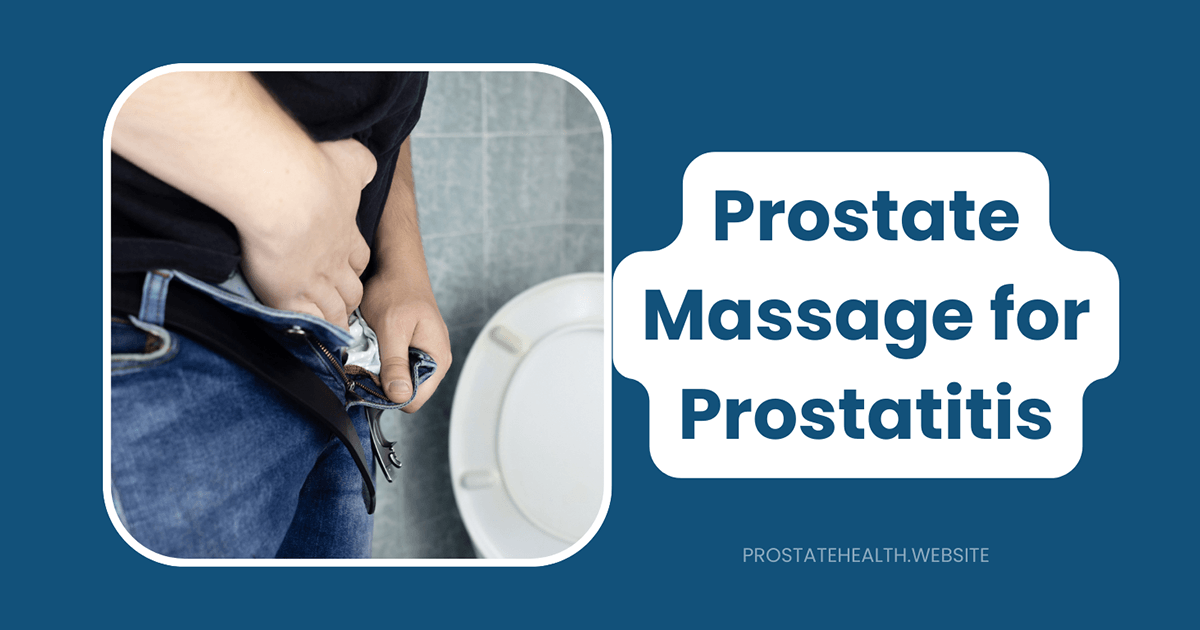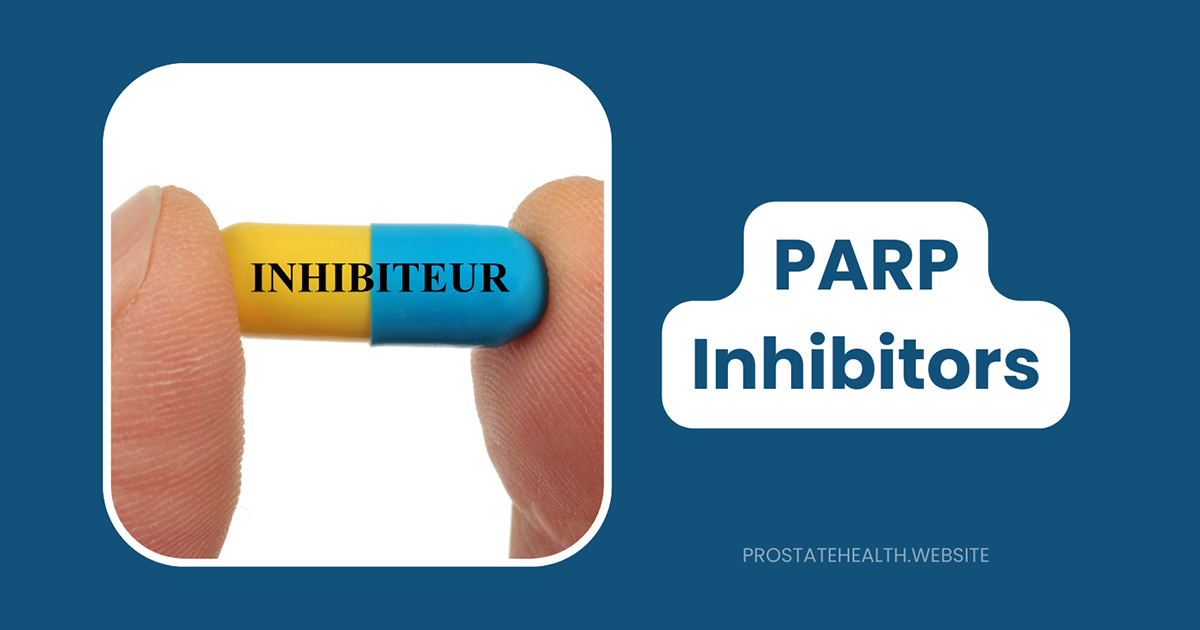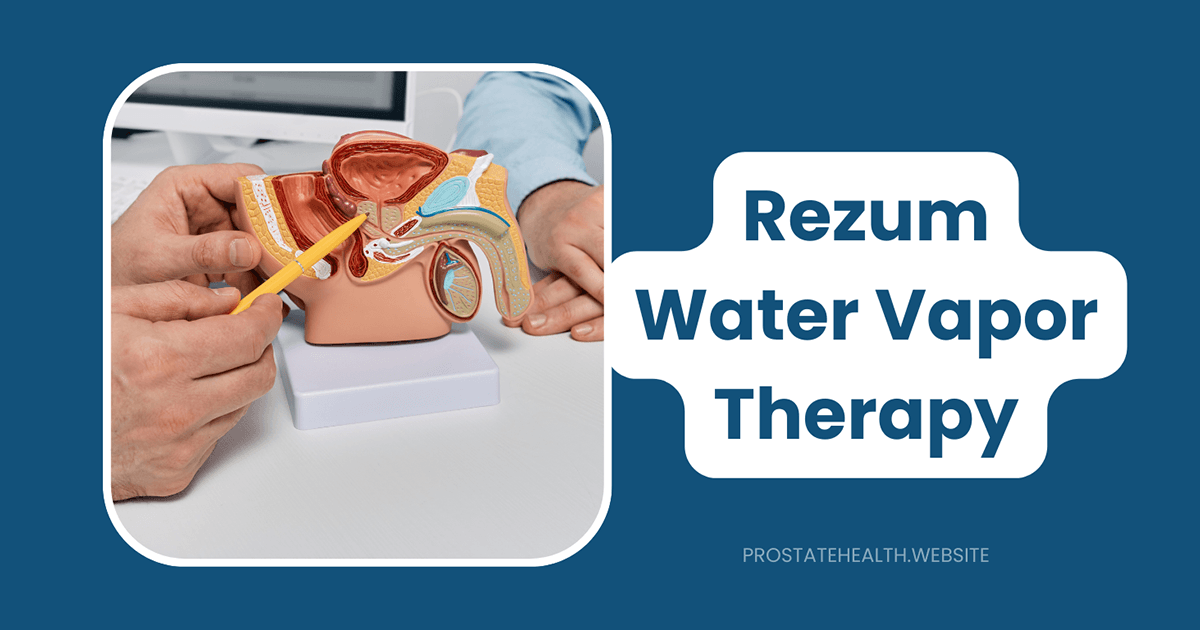Minimally Invasive BPH Treatments: Comparing Your Options

If you’re one of the 15 million American men dealing with benign prostatic hyperplasia (BPH), you know how frustrating the symptoms can be—frequent urination, weak stream, nighttime bathroom trips, and the constant feeling that your bladder isn’t quite empty. While medications help many men, they don’t work for everyone and can come with unwanted side effects.
The good news? The landscape of BPH treatments has dramatically expanded in recent years. Between traditional surgery (TURP) and medications now lies a growing category of minimally invasive surgical therapies (MISTs) that offer quicker recovery, fewer side effects, and preservation of sexual function.
“The evolution of minimally invasive options has transformed how we approach BPH,” explains Dr. Robert Chen, urologist. “Many men can now find relief without the downtime and side effects associated with traditional surgery.”
This comprehensive guide compares the leading minimally invasive BPH treatments available in 2025, helping you understand which option might be right for your specific situation.
Understanding Your Options: The Minimally Invasive Landscape
Before diving into specific treatments, let’s understand what “minimally invasive” means in the context of BPH. These procedures:
- Typically require no overnight hospital stay
- Can often be performed under local anesthesia or mild sedation
- Preserve sexual function better than traditional surgery
- Offer faster recovery than TURP (transurethral resection of the prostate)
- Provide significant symptom relief for most patients
Let’s explore the most established minimally invasive options available in 2025:
Rezūm Water Vapor Therapy
How It Works: Rezūm uses the natural energy stored in water vapor (steam) to treat the enlarged prostate tissue that causes BPH symptoms. During the procedure:
- A thin device is inserted through the urethra to the prostate
- Small amounts of sterile water vapor are released into the targeted prostate tissue
- The vapor energy destroys the cells in the treatment area
- Over time, your body’s natural healing response absorbs the dead cells, shrinking the prostate and reducing pressure on the urethra
Ideal Candidates
- Men with prostates between 30-80 grams
- Those with a median lobe obstruction (which some other treatments can’t address)
- Men who want to preserve sexual function
- Patients seeking a one-time office procedure
Effectiveness
According to 2025 data, Rezūm shows:
- 50-60% improvement in symptom scores (IPSS)
- Improvement in urinary flow rate from 9.5 mL/s to 13.5 mL/s
- Low retreatment rate of 6.81% at 5 years
- Results typically last 4-5+ years
Pros
- Preserves sexual function (minimal risk of erectile dysfunction or ejaculatory problems)
- Can treat median lobe obstruction
- One-time procedure with durable results
- Can be performed in an office setting
Cons
- Requires catheterization for a few days after the procedure (average 3-5 days)
- Full results take 1-3 months to develop as the body absorbs treated tissue
- Higher rate of urinary retention immediately after procedure (23.42%)
- May cause temporary symptoms like frequent urination, blood in urine, or discomfort
“Rezūm gave me significant relief without affecting my sexual function,” shares Michael, 62. “The catheter for a few days was inconvenient, but a small price to pay for the long-term benefits I’ve experienced.”
UroLift (Prostatic Urethral Lift)
How It Works: UroLift takes a mechanical approach to BPH treatment:
- Small, permanent implants are placed through the obstructed urethra
- These implants pull excess prostate tissue away from the urethra, like opening curtains
- This creates an open channel for urine to flow
- The implants remain permanently in place to maintain the opening
Ideal Candidates
- Men with prostates under 80 grams
- Those without significant median lobe obstruction
- Men prioritizing sexual function preservation
- Patients on blood thinners (who may not be candidates for other procedures)
Effectiveness
Recent studies show UroLift provides:
- 45-50% improvement in symptom scores
- Modest improvement in flow rate
- Retreatment rate of 10.85% at 5 years
- Results typically last 3-5 years
Pros
- Fastest recovery of all minimally invasive options
- Minimal to no catheterization (only 1 in 42 patients required extended catheterization in recent trials)
- Immediate symptom relief
- Excellent preservation of sexual function
- Can be performed under local anesthesia
Cons
- Less effective for larger prostates or those with median lobe obstruction
- Higher retreatment rate compared to Rezūm (10.85% vs. 6.81% at 5 years)
- Permanent implants remain in the body
- May not be as effective as thermal therapies for severe symptoms
“I was back to my normal routine the day after my UroLift procedure,” reports James, 58. “The immediate improvement was remarkable, and I appreciate that it hasn’t affected my sex life at all.”
Aquablation
How It Works: Aquablation combines surgical robotics, real-time ultrasound imaging, and a high-velocity waterjet to precisely remove prostate tissue:
- A robotic system maps the prostate using ultrasound imaging
- The surgeon identifies which areas to treat and which to preserve
- A high-pressure waterjet precisely removes the obstructing tissue
- The procedure is heat-free, reducing risk to surrounding structures
Ideal Candidates
- Men with moderate to severe BPH symptoms
- Those with larger prostates (up to 150 grams)
- Patients seeking precision treatment with robotic assistance
- Men concerned about sexual function preservation
Effectiveness
Clinical data from 2025 shows Aquablation provides:
- 6.8 point decrease in IPSS (symptom score)
- Significant flow rate improvement from 8.7 mL/s to 18.8 mL/s
- Lower rates of retrograde ejaculation compared to TURP (6.9% vs. 25%)
- Durable results comparable to TURP
Pros
- Treats a wide range of prostate sizes
- Precision targeting with robotic assistance
- Preserves sexual function better than TURP
- Effective for complex anatomies
- Consistent results regardless of prostate size
Cons
- Requires general anesthesia
- Typically performed in a hospital setting
- Higher cost than some other minimally invasive options
- May require overnight hospital stay
- Limited long-term data compared to other treatments
“As someone with a larger prostate (110 grams), Aquablation was one of the few minimally invasive options available to me,” explains Robert, 65. “The precision of the robotic approach gave me confidence, and my recovery was much easier than I expected.”
Prostatic Artery Embolization (PAE)
How It Works: Unlike other treatments that directly target prostate tissue, PAE works through the vascular system:
- An interventional radiologist makes a small incision in the wrist or groin
- A catheter is guided through the arteries to the blood vessels that supply the prostate
- Tiny microspheres are injected to block these arteries
- Reduced blood flow causes the prostate to shrink over time, relieving pressure on the urethra
Ideal Candidates
- Men with moderate to severe BPH symptoms
- Those with larger prostates
- Patients who cannot undergo other procedures due to health concerns
- Men taking blood thinners (who may not be candidates for other treatments)
Effectiveness
According to 2025 cost-effectiveness analysis and clinical studies:
- 9.21 point decrease in IPSS (symptom score)
- Modest flow rate improvement of 3.9 mL/s
- Gradual improvement over weeks to months
- PAE was found to be the most cost-effective minimally invasive strategy in a 2025 analysis
Pros
- No sexual side effects
- No catheterization typically required
- Can treat very large prostates
- Option for men who can’t have other procedures
- Performed through a tiny incision
Cons
- Less improvement in urinary flow compared to other options
- Results develop gradually over weeks to months
- Requires specialized interventional radiology expertise
- Not available at all medical centers
- Potential for non-target embolization affecting other tissues
“PAE was ideal for my situation since I have heart issues and take blood thinners,” shares Thomas, 72. “The procedure itself was painless, and while the improvement was gradual, after three months my symptoms were significantly better.”
iTIND (Temporary Implantable Nitinol Device)
How It Works: The iTIND takes a unique approach using a temporary implant:
- A small, three-stranded nitinol device is placed in the prostatic urethra
- Over 5-7 days, the device expands, creating pressure that reshapes the prostate
- This pressure causes ischemic necrosis (controlled tissue death) in specific areas
- After 5-7 days, the device is removed, leaving a wider channel for urine flow
Ideal Candidates
- Men with moderate BPH symptoms
- Those with prostates under 75 grams
- Patients seeking a temporary implant (versus permanent UroLift implants)
- Men prioritizing sexual function preservation
Effectiveness
Recent studies show iTIND provides:
- Significant improvement in flow rate from 7.71 mL/s to 15.2 mL/s after 3 years
- Durable symptom improvement
- Preservation of sexual function
- Results lasting 3+ years in most patients
Pros
- Temporary device (removed after 5-7 days)
- Preserves sexual function
- No permanent implants left in body
- Can be performed under light sedation
- Minimal downtime
Cons
- Discomfort while device is in place
- Requires a second procedure to remove the device
- Not suitable for larger prostates
- Limited long-term data compared to other options
- Not as widely available as other treatments
“The iTIND procedure was relatively comfortable, though I was aware of the device during the week it was in place,” reports William, 60. “After removal, my symptoms improved dramatically, and I’ve maintained those improvements for over two years now.”
Comparing Recovery and Side Effects
Understanding the recovery process and potential side effects is crucial when choosing between treatments:
Recovery Comparison
| Treatment | Catheterization | Return to Work | Full Results |
| Rezūm | 3-5 days | 2-3 days | 1-3 months |
| UroLift | Rarely needed | 1-2 days | Immediate |
| Aquablation | 1-2 days | 3-5 days | 2-4 weeks |
| PAE | Not typically needed | 1-2 days | 1-3 months |
| iTIND | Not typically needed | During device placement | 2-4 weeks after removal |
Sexual Function Impact
Preserving sexual function is a priority for many men. Here’s how the treatments compare:
- Rezūm: Minimal impact on erectile function; low risk (3-5%) of retrograde ejaculation
- UroLift: Excellent preservation of both erectile and ejaculatory function
- Aquablation: Low risk of erectile dysfunction; 6.9% risk of retrograde ejaculation
- PAE: Minimal to no impact on sexual function
- iTIND: Excellent preservation of sexual function
Common Side Effects
| Treatment | Common Side Effects | Duration |
| Rezūm | Urinary frequency, urgency, discomfort, blood in urine | 2-4 weeks |
| UroLift | Pelvic discomfort, blood in urine, urgency | 1-2 weeks |
| Aquablation | Blood in urine, irritative symptoms | 1-3 weeks |
| PAE | “Post-PAE syndrome” (pelvic pain, nausea), blood in urine | 3-7 days |
| iTIND | Discomfort with device, urgency, frequency | During device placement |
Making Your Decision: Key Considerations
With multiple viable options, how do you decide which treatment is right for you? Consider these factors:
1. Prostate Size and Anatomy
- Small to medium prostate (under 80g): All options may be suitable
- Large prostate (80-150g): Aquablation or PAE may be better choices
- Median lobe obstruction: Rezūm or Aquablation address this effectively
- Very large prostate (over 150g): Traditional surgery may still be recommended
2. Symptom Severity
- Mild to moderate symptoms: UroLift or iTIND may provide sufficient relief
- Moderate to severe symptoms: Rezūm, Aquablation, or PAE may offer more substantial improvement
- Severe obstruction with retention: Aquablation or traditional surgery might be necessary
3. Recovery Preferences
- Fastest recovery: UroLift typically offers the quickest return to normal activities
- Avoiding catheterization: UroLift, PAE, or iTIND minimize or eliminate catheter need
- Immediate results: UroLift provides the most immediate symptom relief
4. Sexual Function Priorities
All minimally invasive options preserve sexual function better than traditional TURP, but:
- UroLift and iTIND have the lowest impact on ejaculatory function
- PAE has minimal effect on sexual function
- Rezūm and Aquablation have low but slightly higher rates of ejaculatory changes
5. Durability and Retreatment
Based on 2025 data:
- Rezūm shows lower retreatment rates (6.81% at 5 years) compared to UroLift (10.85%)
- Aquablation shows durability comparable to traditional TURP
- Long-term data beyond 5 years is still developing for most newer options
Questions to Ask Your Doctor
When discussing these options with your urologist, consider asking:
- Given my prostate size and anatomy, which options are most suitable for me?
- What’s your personal experience with each of these procedures?
- What are the success rates for each procedure in patients similar to me?
- How many of each procedure have you performed?
- What complications have your patients experienced?
- Which option would you choose if you were in my situation?
- Am I a candidate for a clinical trial evaluating newer treatments?
- How will each option affect my medications for other health conditions?
- What happens if the treatment doesn’t provide adequate relief?
- Will my insurance cover these procedures?
The Future of BPH Treatment
The field of minimally invasive BPH treatment continues to evolve rapidly. Looking ahead to the next few years:
- Combination therapies: Research is exploring whether combining certain approaches (like PAE followed by UroLift) might provide better outcomes
- Improved patient selection tools: Better predictive models to match patients with the most suitable treatment
- Longer-term data: As these newer treatments mature, we’ll gain better understanding of their durability beyond 5 years
- Next-generation devices: Refinements to existing technologies to improve outcomes and reduce side effects
- Personalized medicine approaches: Using genetic and biomarker information to guide treatment decisions
Making Your Choice: A Personal Decision
Choosing the right BPH treatment is ultimately a personal decision that should consider your specific symptoms, anatomy, preferences, and goals. The good news is that with so many effective minimally invasive options now available, most men can find relief without resorting to traditional surgery.
“The most important thing is having an open conversation with your urologist about what matters most to you,” advises Dr. Chen. “Whether that’s minimizing recovery time, preserving sexual function, or maximizing long-term durability, there’s likely a minimally invasive option that aligns with your priorities.”
Remember that what works best for one man may not be ideal for another. By understanding the full range of options and working closely with a knowledgeable urologist, you can find the treatment approach that best fits your unique situation.
Conclusion: Embracing the Minimally Invasive Revolution
The expansion of minimally invasive BPH treatments represents one of the most significant advances in men’s health in recent decades. These procedures have transformed BPH treatment from a choice between medications (with potential side effects) and major surgery (with significant recovery time) to a spectrum of options that can be tailored to each man’s specific needs.
As research continues and technologies improve, we can expect even better outcomes with fewer side effects. For now, men suffering from BPH symptoms can take comfort in knowing that relief is available through procedures that are safer, less invasive, and more preserving of quality of life than ever before.
External Resources:
- American Urological Association – BPH Guidelines
- Urology Care Foundation – BPH Treatment Options
- National Institute of Diabetes and Digestive and Kidney Diseases – Prostate Enlargement






